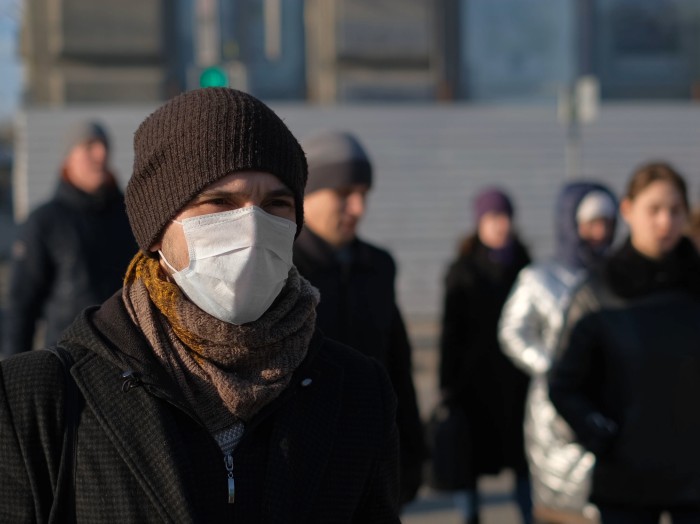Sheffield is an ethnically diverse city, with around 19% of its population from black or minority ethnic groups. The largest of those groups is the Pakistani community, but Sheffield also has large Caribbean, Indian, Bangladeshi, Somali, Yemeni and Chinese communities. More recently, Sheffield has seen an increase in the numbers of both overseas students and economic migrants from countries which joined the European Union in or after 2004.
In response to low referrals into therapy and rehabilitation for Covid-19 patients on discharge following the first Covid19 surge in hospital admissions in 2020, a project team in Sheffield Teaching Hospitals undertook a ‘case-finding’ exercise. Using a pilot triage tool, data analytics and clinical co-production patients who had been discharged were contacted to identify their follow up needs. The data collected reflected aggregated individual need, possible determinants of risk, and opportunities to identify and target services.
The aim was to look for patterns of effect of Covid-19 using episode data and also understand the population health analytics; to support the organisational learning from data relating to demographics and discharge preferences. The data management and initial analysis was undertaken by the AWRC and reported in the Sheffield Teaching Hospital.
There were 875 Covid-19 patients admitted between 3 April and 25 June. Of these, 568 had been discharged home and 277 were deceased.
Demographic data of the total cohort showed 45.9% were female and 54.1% male, with the majority over 65 (66.6%). Using the Index of Multiple Deprivation, 425 (48.6%) of patients were classed as being from the most deprived communities by virtue of their home postcode.
Analysis of the ethnicity of the group demonstrated there was a higher proportion of cases and deaths amongst white British people. However, a high proportion of cases did not have their ethnicity stated. Overall older people and poorer households were disproportionally affected by Covid19.



